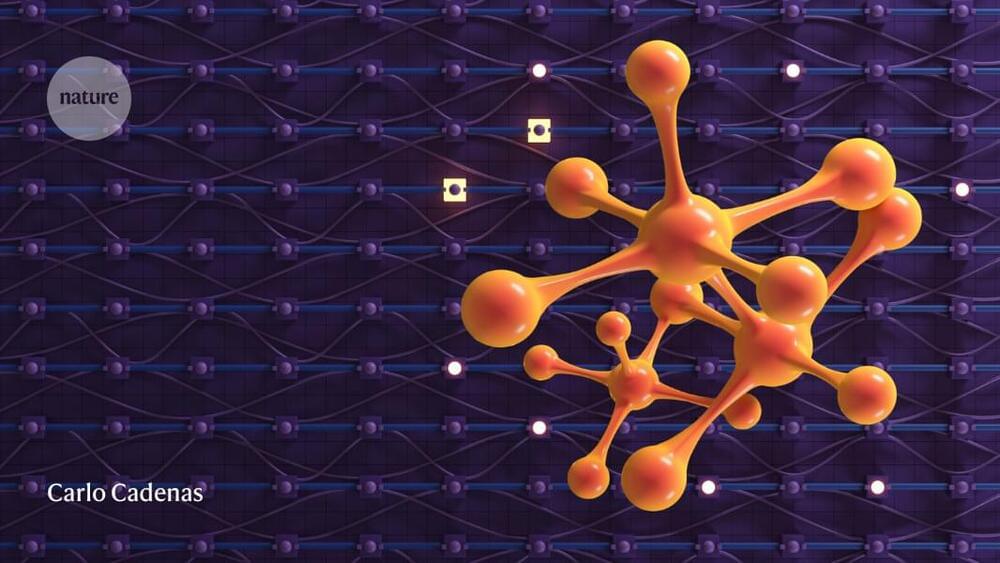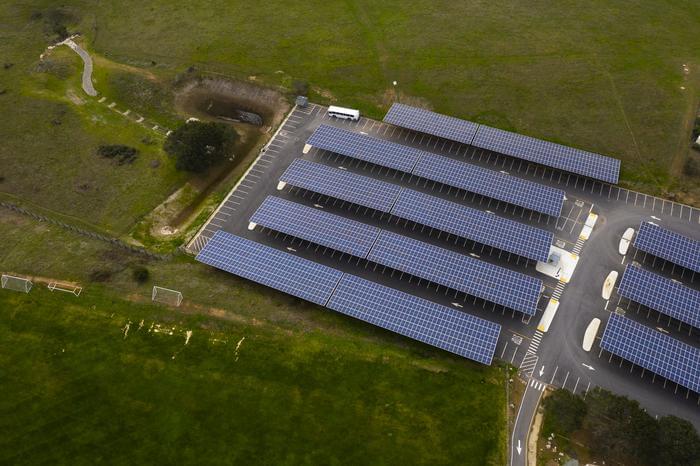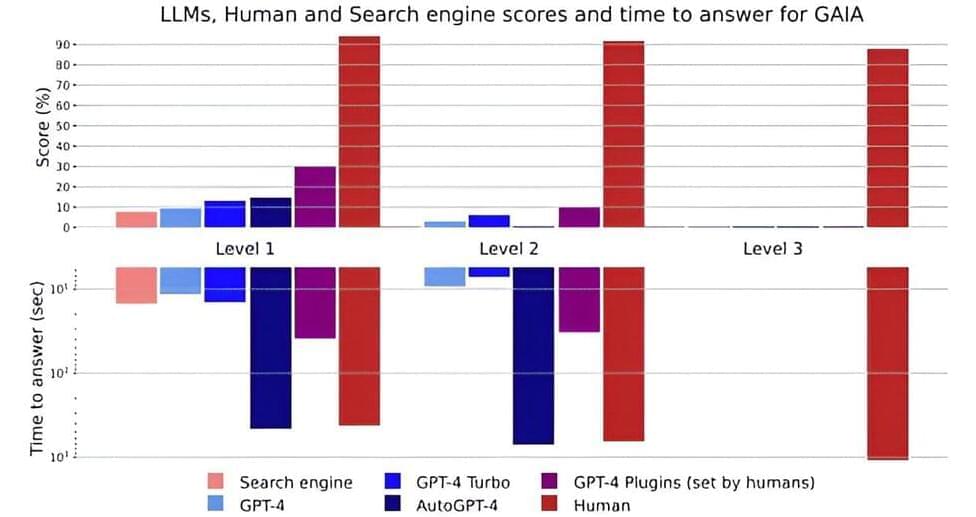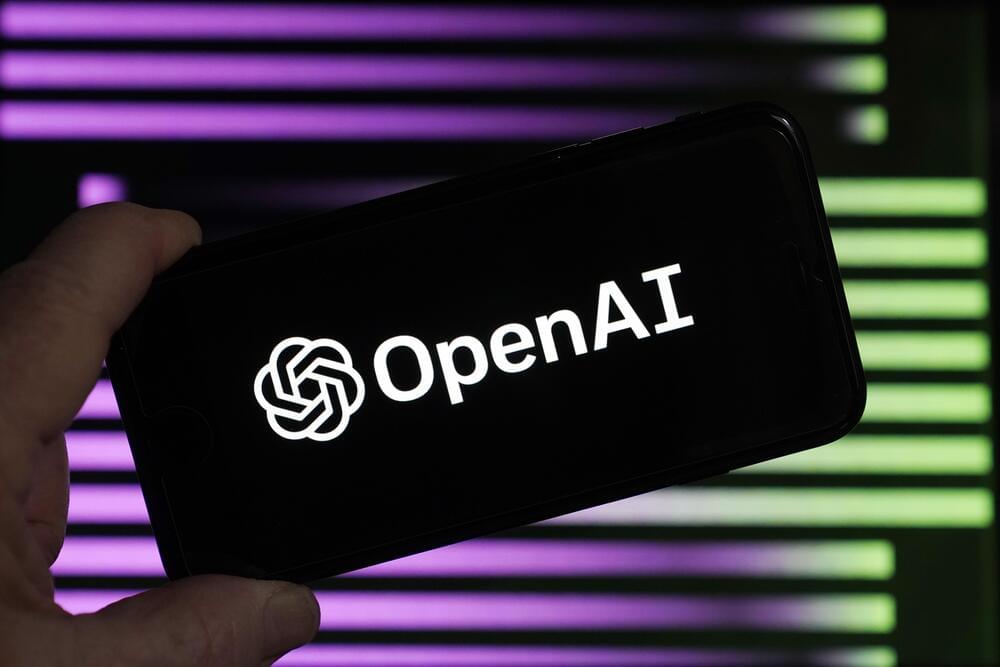This video is about My Movie.
Category: robotics/AI – Page 918

These Tiny, Wound-Healing Robots Start Life As Just 1 Human Cell
Regenerative medicine might just have had a new tool added to its arsenal: Scientists have created tiny biological robots out of living human cells. Though they may be small, the self-assembling bots are mighty, with a study demonstrating their potential for healing and treating disease.
The team had already proven their biological robotics chops back in 2020 with the creation of Xenobots, made from frog embryonic cells. They even managed to design Xenobots so that they could reproduce in a way that no living animal or plant does, something that had never been seen before.
The researchers weren’t sure whether the incredible capabilities of the Xenobots were in some way down to their amphibious origins, so they wanted to find out if biobots could also be created from the cells of other organisms. And why not begin with humans?

Advancing Power Resilience: UC Santa Cruz’s AI Innovation in Microgrid Technology
A recent study published in IEEE Transactions on Control of Network Systems discusses how artificial intelligence (AI) can be used to control microgrids in the event of a long-term power outage caused by natural disasters or human error. This study was conducted by a team of researchers at UC Santa Cruz and holds the potential to improve power restoration techniques, which are traditionally controlled by local utility companies. One benefit of microgrids is they can function to power a small area, such as a town, until the primary utility source comes back online.
“Nowadays, microgrids are really the thing that both people in industry and in academia are focusing on for the future power distribution systems,” said Dr. Yu Zhang, who is an assistant professor of electrical and computer engineering at UC Santa Cruz and co-author on the study.
For the study, the researchers used an AI-based approach to develop a novel method where microgrids could draw power from renewable energy sources while being disconnected from the primary utility source, known as “islanding mode”, but can also function while being connected to the source, as well. This new method, which they refer to as constrained policy optimization (CPO), uses a machine learning algorithm that learns from outside input, such as real-time changes in environmental or power conditions, and makes the best-informed decisions on what to do next.

Meta AI unveils ‘Seamless’ translator for real-time communication across languages
Meta AI researchers announced on Thursday that they have developed a new suite of artificial intelligence models called Seamless Communication that aim to enable more natural and authentic communication across languages — essentially making the concept of a Universal Speech Translator a reality. The models were publicly released this week along with research papers and accompanying data.
The flagship model, called Seamless, merges capabilities from three other models — SeamlessExpressive, SeamlessStreaming, and SeamlessM4T v2 — into one unified system. According to the research paper, Seamless is “the first publicly available system that unlocks expressive cross-lingual communication in real-time.”
The Seamless translator represents a new frontier in the use of AI for communication across the blog. It combines three sophisticated neural network models to enable real-time translation between over 100 spoken and written languages while preserving the vocal style, emotion, and prosody of the speaker’s voice.


AI researchers introduce GAIA: A benchmark testing tool for general AI assistants
A team of researchers affiliated with AI startups Gen AI, Meta, AutoGPT, HuggingFace and Fair Meta, has developed a benchmark tool for use by makers of AI assistants, particularly those that make Large Language Model based products, to test their applications as potential Artificial General Intelligence (AGI) applications. They have written a paper describing their tool, which they have named GAIA, and how it can be used. The article is posted on the arXiv preprint server.
Over the past year, researchers in the AI field have been debating the ability of AI systems, both in private and on social media. Some have suggested that AI systems are coming very close to having AGI while others have suggested the opposite is much closer to the truth. Such systems, all agree, will match and even surpass human intelligence at some point. The only question is when.
In this new effort, the research team notes that in order for a consensus to be reached, if true AGI systems emerge, a ratings system must be in place to measure their intelligence level both against each other and against humans. Such a system, they further note, would have to begin with a benchmark, and that is what they are proposing in their paper.


Brazilian city enacts an ordinance that was secretly written by ChatGPT
RIO DE JANEIRO (AP) — City lawmakers in Brazil have enacted what appears to be the nation’s first legislation written entirely by artificial intelligence — even if they didn’t know it at the time.
The experimental ordinance was passed in October in the southern city of Porto Alegre and city councilman Ramiro Rosário revealed this week that it was written by a chatbot, sparking objections and raising questions about the role of artificial intelligence in public policy.
Rosário told The Associated Press that he asked OpenAI’s chatbot ChatGPT to craft a proposal to prevent the city from charging taxpayers to replace water consumption meters if they are stolen. He then presented it to his 35 peers on the council without making a single change or even letting them know about its unprecedented origin.
